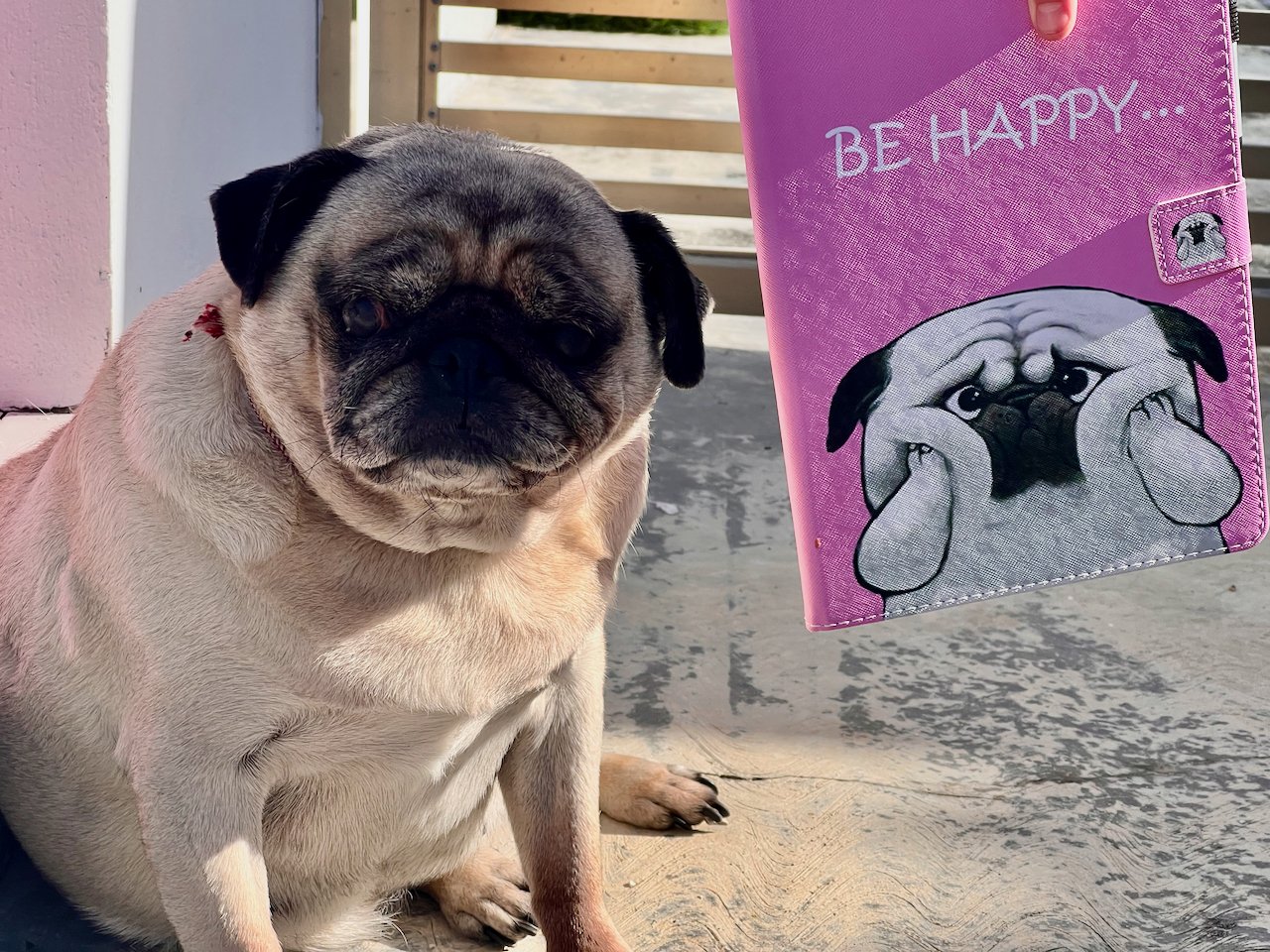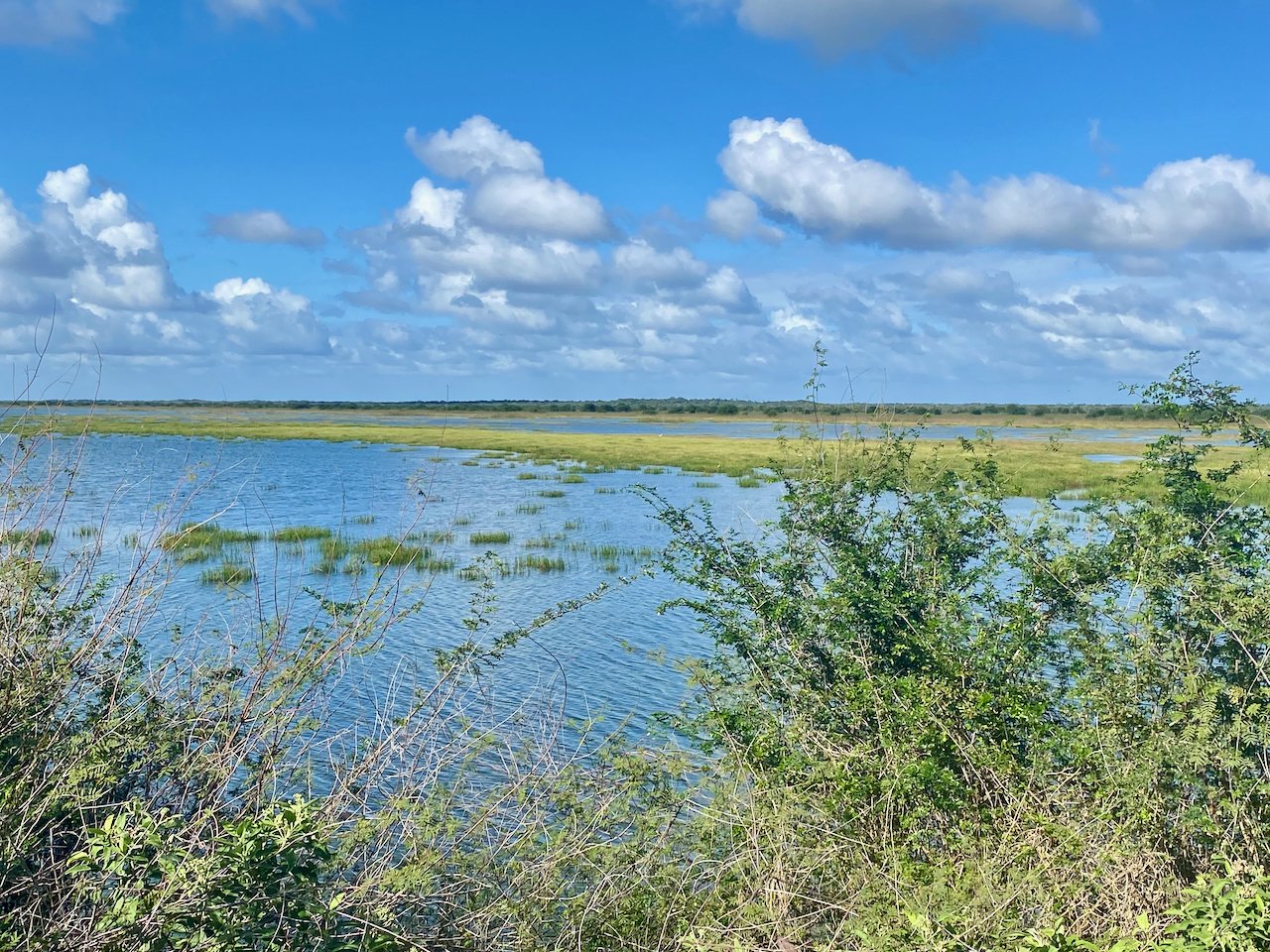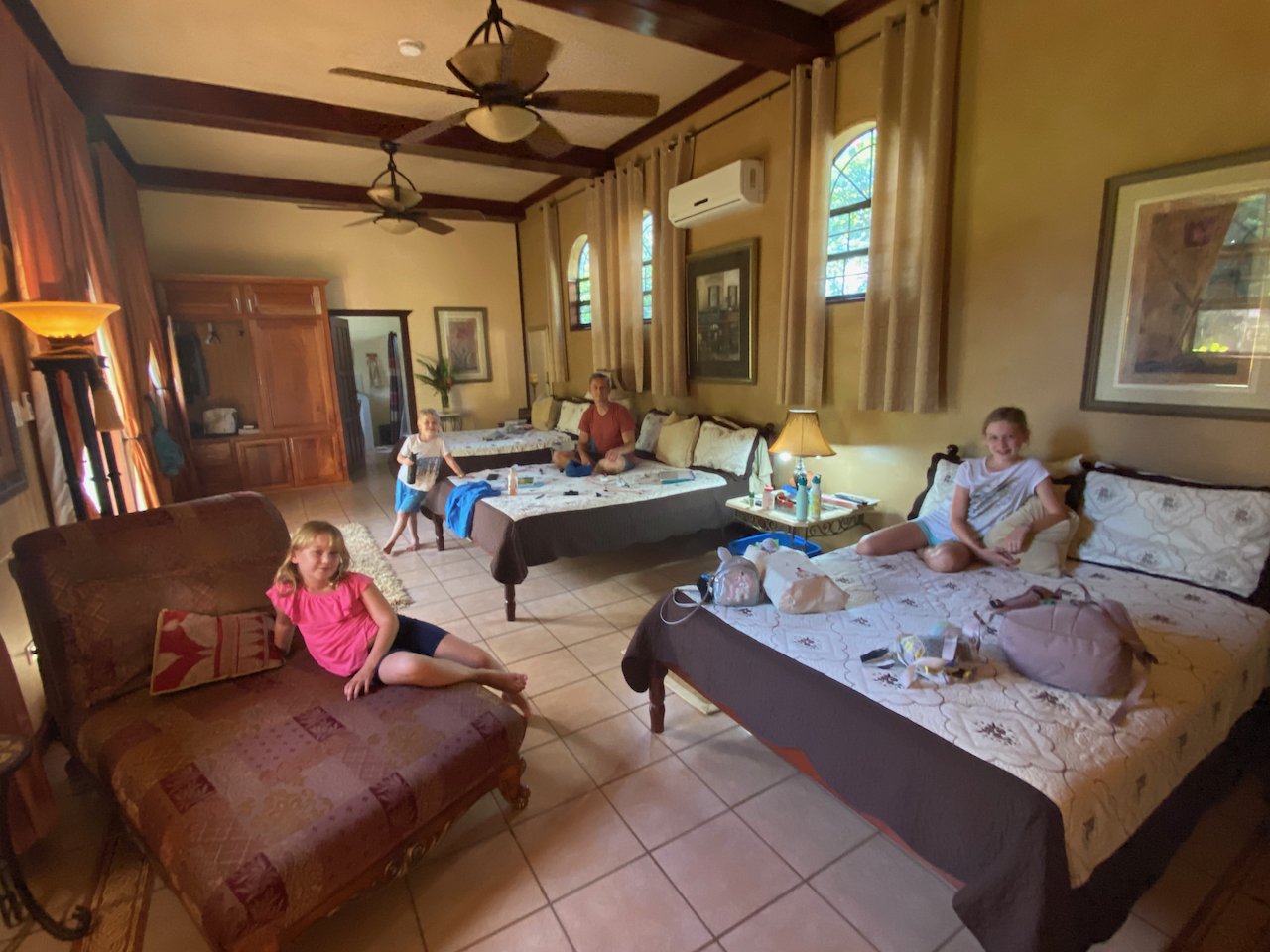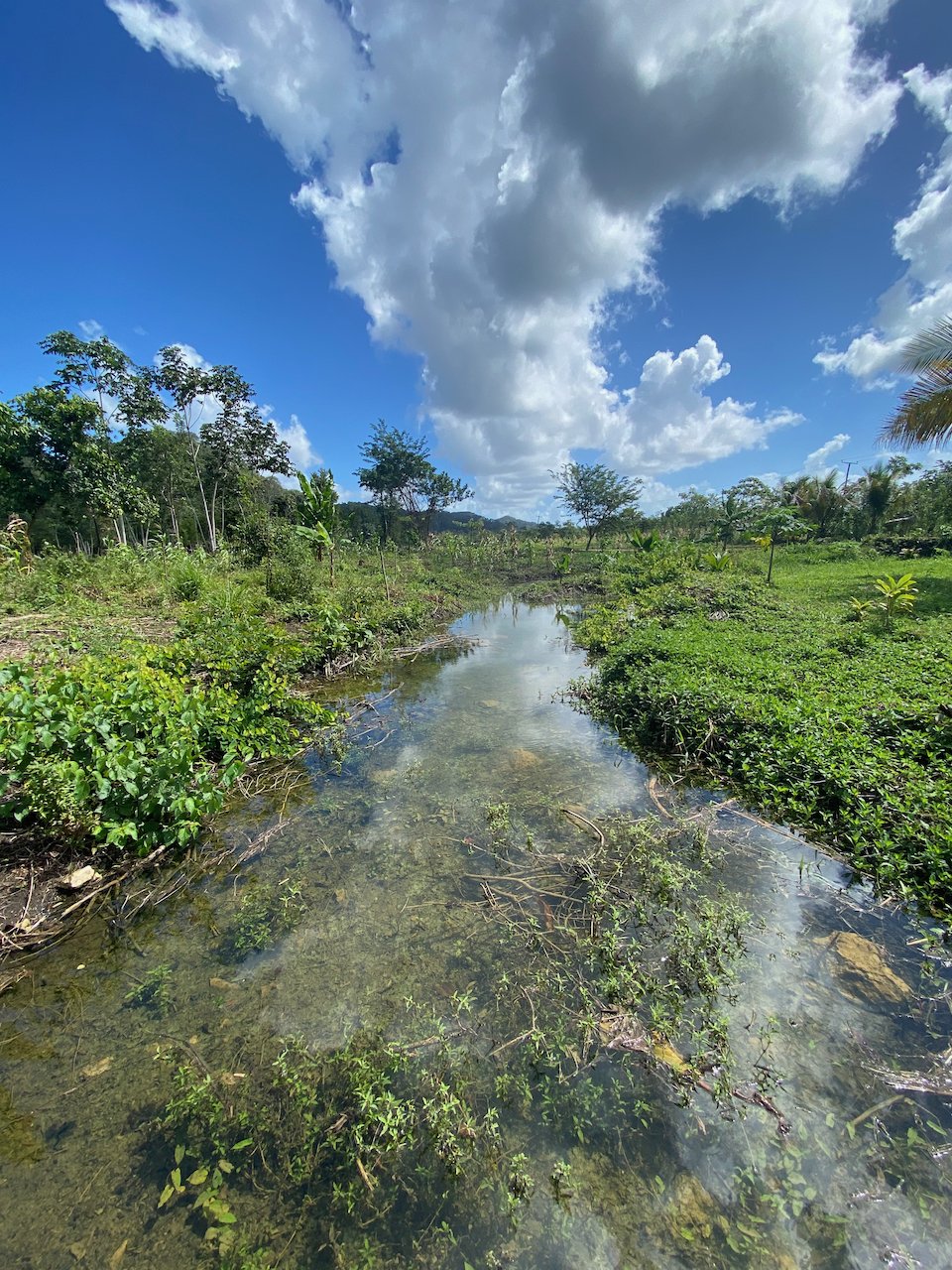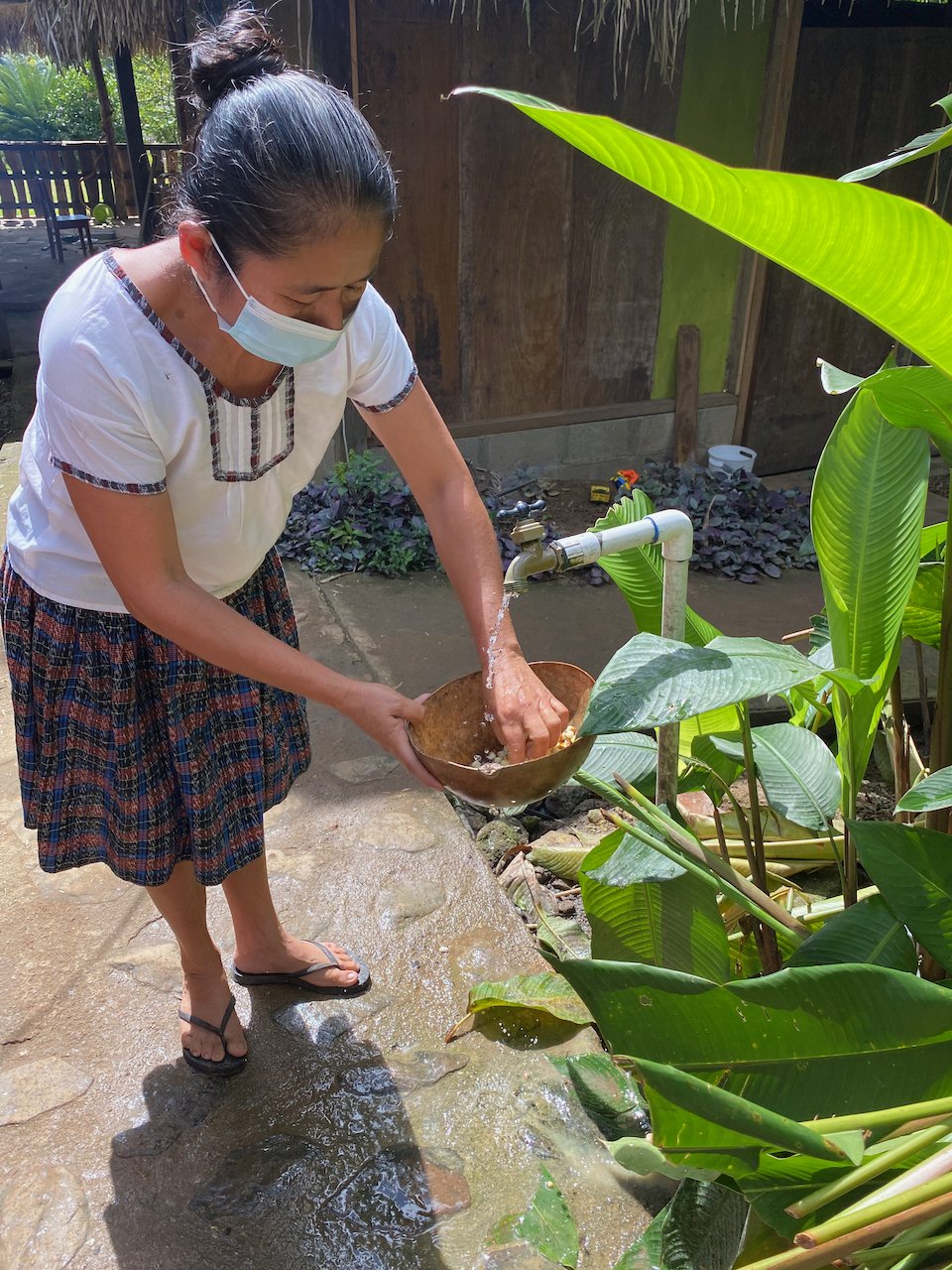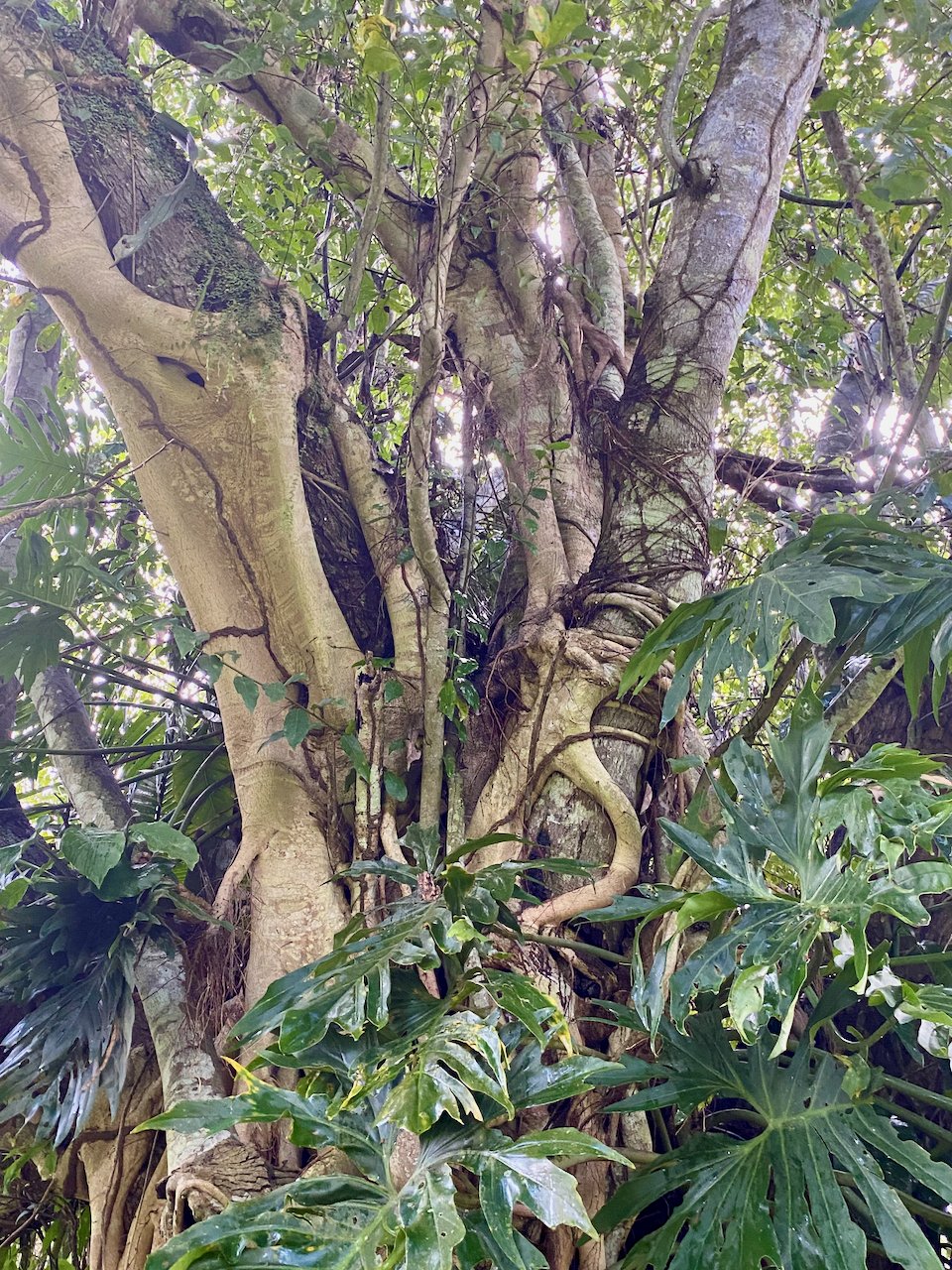Early on in our planning, we had ruled out going to Belize. Between budget challenges and strict COVID policies, we thought it would be best to go around and head into Guatemala from the Southern part of Mexico. Just as we began planning our detour route, some border restrictions lifted and we started to reconsider. Are we ever glad that we did!
Belize has long been a country on my personal “want to visit” list, mostly due to the amazing looking diving and snorkelling. What I hadn’t known at the time is that the county is very diverse in culture and geography and offers so much more than just the reefs and beaches.
We crossed into the country with relative ease. We had to take rapid-antigen tests at the border itself (no other pre-taken test is considered valid) as one of about 6 major steps to cross. Nearly every step was straight forward: vehicle fumigation, immigration, customs, vehicle importation, vehicle insurance. It took us just under 2 hours to complete and we headed off in search of our booked Bed & Breakfast. First impressions were all positive. We’d somehow failed to expect that English would be the country’s official language and were happy to know that we’d be able to communicate without having to apply extra brainpower. Roads were in decent shape. We had to get cellular SIM cards from the national carrier which ended up being an hour-long errand in the first large town. Many towns had interesting names like Orange Walk, Blackman Eddie, and Teakettle. Every place we stopped, we were met with friendly smiles.
Our first three nights were at Beck’s B&B in the town of Crooked Tree. This area of Belize contains wetlands that are important to many animal species and are protected by the Crooked Tree Wildlife Sanctuary. It is a popular place for bird enthusiasts (we met a couple) to see species of birds not seen elsewhere as well as transient species on their migratory path. The area is also well known for the cashew trees. Beck’s property had a couple of cashew trees with blossoms that had just begun to wilt. They smelled similar to lilacs!
For three days, we got through some school work, swam in the pool, played on the property, and ate some wonderful breakfasts! Our hosts were fantastic and made us feel like family. Speaking of family, the cousin of our host offered cooking lessons just down the road so we signed up and got to learn how to make typical stewed chicken, fried rice, and bread pudding. The main cultural group in Crooked Tree identify as Creole (or Kriol); descendants of British settlers and African slaves. The food we enjoyed seemed quite different from the Spanish and Mayan-influenced foods from Mexico. We found the area to be full of family homesteads with coconut trees, cashew trees, gardens, chickens, and some goats and cows. The town held a sense of community that we hadn’t yet felt. We ordered food from a neighbour’s garage restaurant; yes, she cooks in her garage and you come to pick up your order. The ingredients were fresh from the gardens and she was very proud to share her creations.
From Crooked Tree, we made our way South to a small town named San Filipe to Ixcacao, a Mayan family-run cocoa farm. The family managed a business while also maintaining the organic farm. They offer tours and chocolate tastings as well as demonstrations and hands-on chocolate making. You can also buy their products in a small store on the property. We found them when researching cocoa farms and chose to visit them because they also offered bunk houses for overnight stays. They agreed to cook for us while we were there and give us the full tour. It was absolutely incredible – a favourite experience to date. Juan gave us his undivided attention and showed us so many interesting plants on the farm. We tasted many seeds and leaves and cocoa beans. We learned about medicinal uses of plants. He showed us how to best cultivate certain crops by planting a diversity of other plants in their vicinity. He spotted signs of jaguars and talked about the farm’s future. It was inspiring to meet someone so passionate about his craft as a farmer and supporter of Earth.
Juan’s wife Abelina made us some incredible meals. Everything was fresh from the farm; in fact, Juan had the kids help harvest most of the vegetables and spices used in our meals. We had hot cocoa to drink at each meal, the no-sugar-added kind of hot cocoa. We ate chicken in a chocolate mole sauce which was unbelievable. We tried vegetables we’d never had before and sauces that, even today, had flavours that I can’t quite describe. We felt like royalty being fed a feast at every meal.
Juan’s son Henry gave us the chocolate-making and tasting demonstration. He talked us through the fermentation and drying stages of cultivation. He had us shell the roasted beans and showed us a neat trick for getting rid of any small shell fragments. He demonstrated how to crush the beans and create a paste of pure chocolate. He taught us about the chocolate industry and how cocoa butter (oil) is very profitable on its own and is often removed for profit. This means that another oil needs to be added so that the chocolate keeps its creamy consistency. He showed us how adding just a little bit of flavour through spices can make the bitter chocolate taste a bit sweeter. We tasted a dozen flavours of chocolate, none of which were ever less than 70% cacao. Finally, he helped us to make our own bar of 85% chocolate. The kids drank up every detail of the demonstration. What an awesome way to learn!
With sad goodbyes, we drove back north towards the country’s capital city of Belmopan. On the way, we stopped at a Mayan homestead that gives demonstrations on ancient ways of life. We were warmly welcomed by a family who were proud to show us how babies were carried while mothers worked, how corn was harvested, washed, and ground to a flour, and how to then make tortillas from that flour. We were also shown musical instruments made from types of wood and bark found in the area. We learned about drum communication and we got to “jam” together. We then ate another delicious meal harvested from the garden.
Just outside the city limits of Belmopan, we found a ranch with cabins to rent. We were impressed by all of the property’s perks: a large swimming pool, a pet jaguar, over a dozen parrots and other exotic birds, and 90 horses! The owners have had the property for 50 years. He’s a rancher and she’s a painter. She even had a lovely gallery with her art and many of the paintings in the cabins were hers. Our stay was short but pleasant. We used our day to get some administration done ahead of crossing into Guatemala, namely getting COVID tests. We were grateful for our short stay at Banana Bank Jungle Ranch.
Belize was an unexpectedly awesome country to visit even though we didn’t once visit the Caribbean Sea or touch a white-sand beach. Farewell Belize. Our stay was short but rich. We will be happy to return again.



